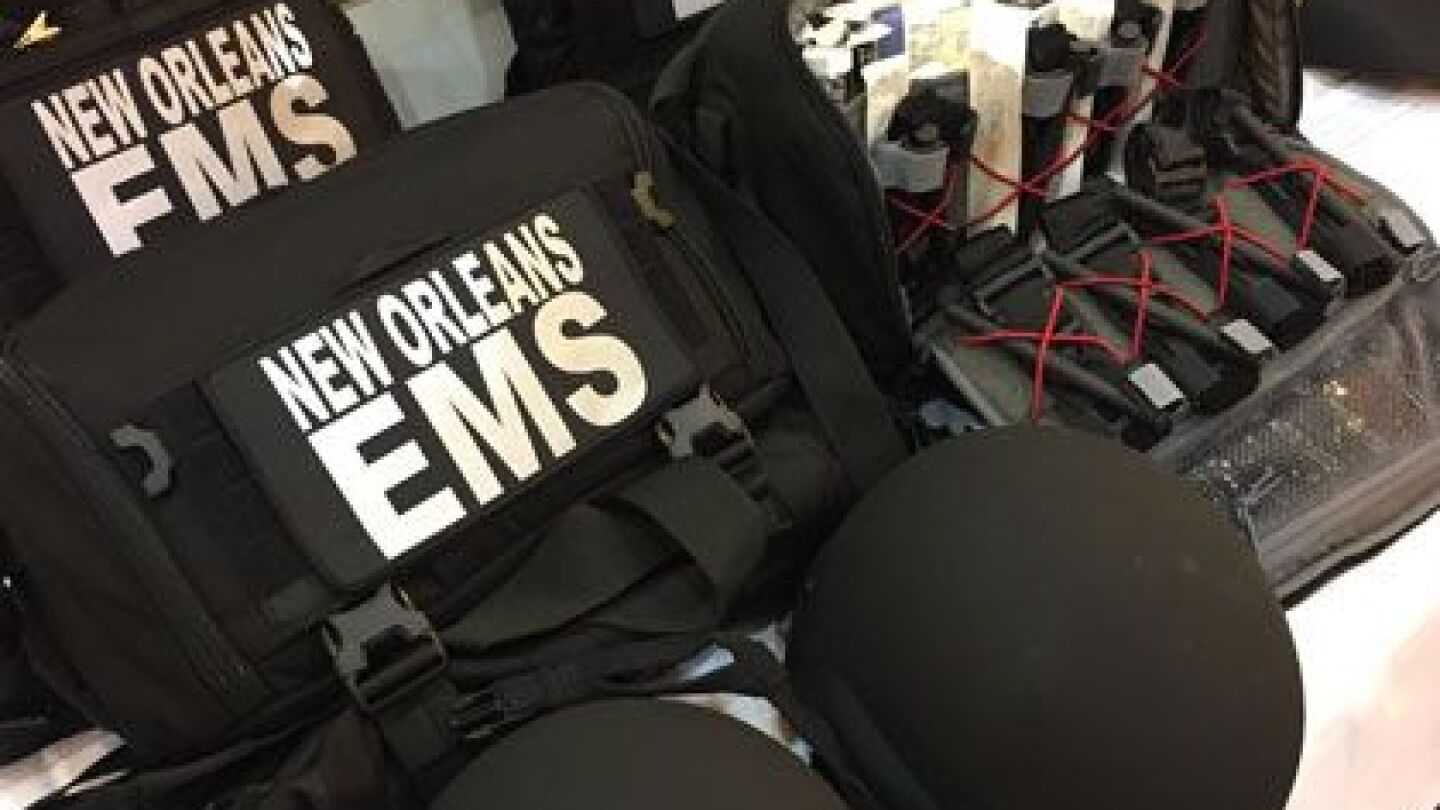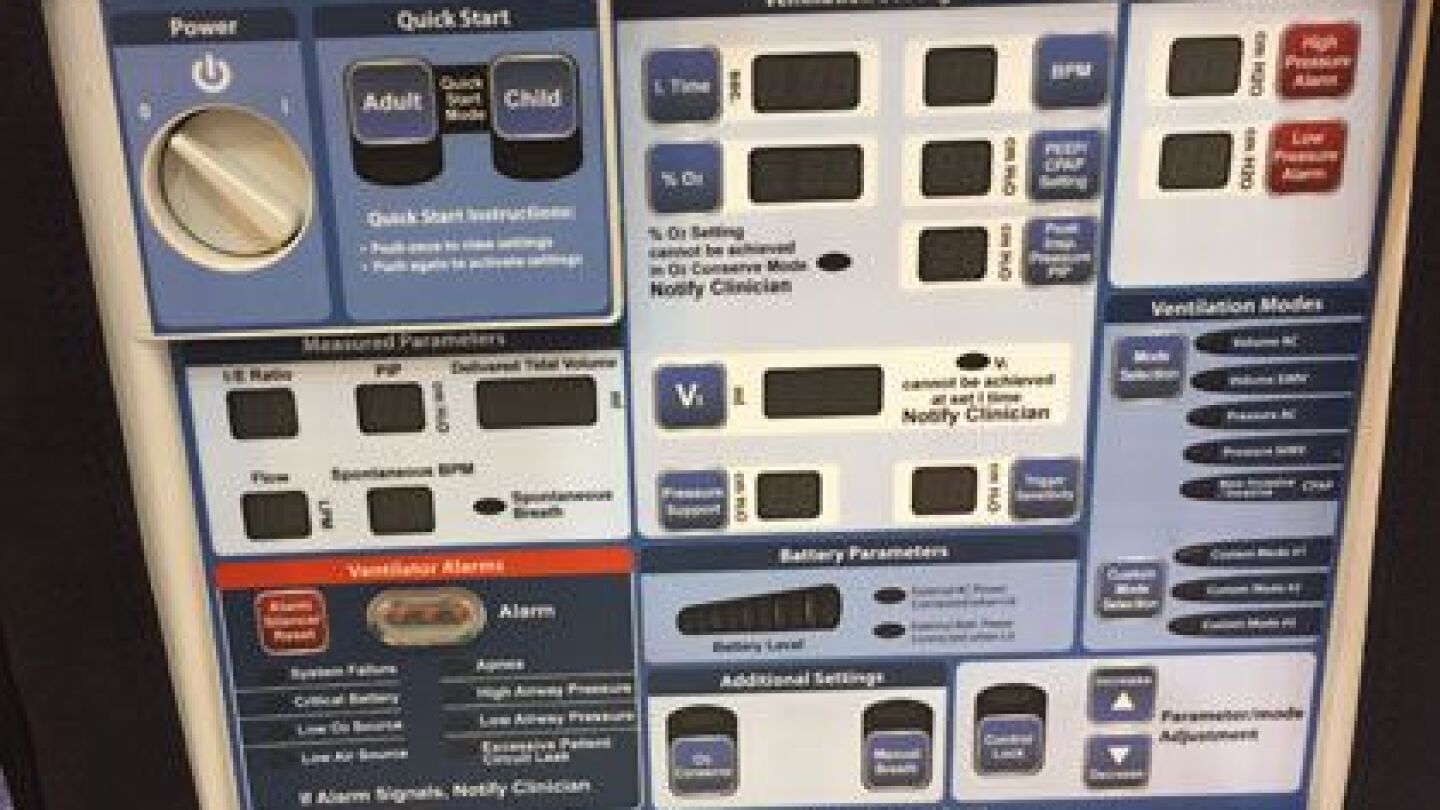Airway management
This directory provides essential articles on Airway Management, a critical skill for EMS professionals. Topics include techniques for securing airways, the use of advanced airway devices, and strategies for managing difficult airways in emergencies. Mastery of Airway Management is vital for ensuring patient survival during respiratory emergencies. For related information, explore our resources on Advanced Life Support (ALS), which often involves advanced airway procedures. Use this directory to deepen your understanding and improve your airway management skills in the field.
Discover the critical items that make up a tactical medical kit and understand how it differs from trauma bags and kits
Studies show that mechanical ventilation is superior to bag-valve-mask ventilation, especially in terms of patient safety
Props and tricks can add creativity into your next airway management adventure during simulation or on the job
Salt Lake City Fire Department investigation finds no difference in the interruption to compressions between video and direct laryngoscopy
Use these documentation and handoff tips to communicate important patient information to ED and ICU staff unfamiliar with capnography
EMS medical directors discuss pediatric and pregnant patient resuscitation, the use of active compression devices and head-elevated CPR at Gathering of Eagles
Realistic training, dedication to management and monitoring, the ability to troubleshoot and competently use available tools are critical to all EMS providers
Anesthesiologists compare mask ventilation adequacy with endotracheal intubation and laryngeal mask airway for pediatric patients
The paramedic-designed product is a self-administering medication device that looks and tastes like a lollipop
The family of a teen who died after an esophageal intubation has started the ‘Do It For Drew’ foundation to prevent another tragic death
When teaching new EMS skills or reviewing old ones, take advantage of the chance to put them in context and reinforce good clinical decision-making
Make every assessment question count using this strategy to quickly assess respiratory patients who are unable to speak in phrases or sentences
You were asked to respond to a coffee shop for a 22-year-old male with increasing shortness of breath following a coughing fit; did you make the right decision?
You are asked to respond to a coffee shop for shortness of breath
Recent study suggests it may be safe to withhold oxygen from normoxic patients who are suffering from AMI
Explore research findings about the impact of intubation on OOHCA survival and the patient’s neurological status at discharge
Among this month’s best clips were tips on nasopharyngeal airway use and ECG interpretation
Paramedics were called after a student lost consciousness; numerous students and faculty reported symptoms including nausea and headaches
A comic for EMS drawing off the real experiences of EMS
The Texas boy was reprimanded for leaving the class to carry a friend to the school nurse
Video shows moment when firefighters handed off a 4-month-old, one of three rescued children, to FTO Anna Reeves
EMS providers need to understand the importance of airway management and monitoring for respiratory compromise along with naloxone administration for opioid overdoses
This month’s favorite videos include a dramatic video of a needle thoracostomy and a quick tip to relieve nausea symptoms
Automatic transport ventilators may improve ventilation rate, tidal volume and oxygenation for patients needing airway management and ventilator support
Temperature, lactate and ETCO2 monitoring may provide field personnel with objective evidence to make a more accurate field diagnosis of systemic inflammatory response syndrome
ECG acquisition, 12-lead mapping and airway management were your favorites
Quantitative waveform capnography can help EMS providers recognize bronchospasm, spot ventilation derangements, and gauge the effectiveness of therapy





















